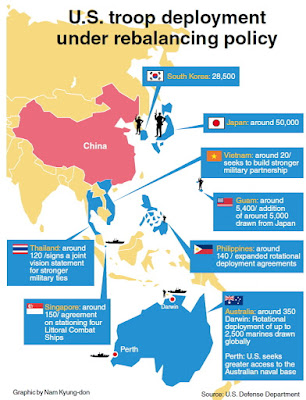Hale'-ta Hike: Pågat
So far this year Independent Guåhan has organized two Hale'-ta Hikes; the first to Laso' Fouha or Fouha Rock, and the second to Hila'an. Our third hike is set for later this month to Pågat. I have written in several articles recently about how important this type of outreach has been in terms of developing community resistance to US military plans in Guam. Taking people into the areas that may be affected, contaminated or closed off to the public, and allowing them to forge their own personal and eventually, hopefully, political connections was essential, especially in the case of Pågat. This is one reason why things have been different recently with regards to Litekyan. The fact that when you take people on hikes there, you are walking not through "public" or "local" lands, but instead federal property makes it difficult for people to imagine a strong connection to the lands and their meaning. Instead it feels like more of the stolen lands, stolen



